Rural Women in Peru Seed Water At the moment to Harvest It Tomorrow
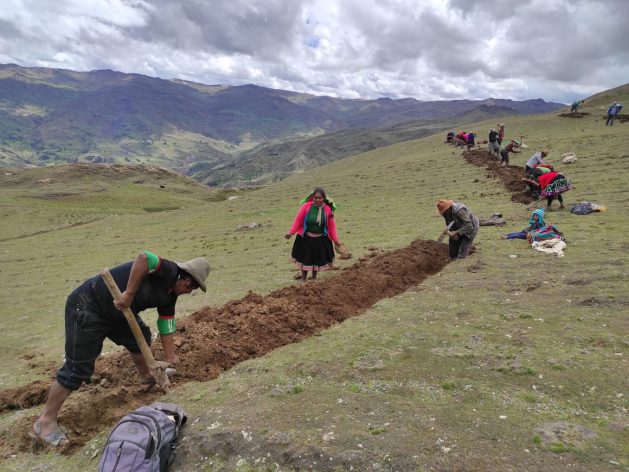
CUZCO, Peru , Dec 22 2021 (IPS) – “When I used to be a bit of woman we didn’t be afflicted by water shortages like we do now. Nowadays we’re experiencing extra droughts, our water resources are drying up and we can’t sit down idly by means of,” Kely Quispe, a small farmer from the neighborhood of Huasao, situated part an hour from Cuzco, the capital of Peru’s historical Inca empire, informed IPS.
She is likely one of the 80 contributors of the Agroecological Faculty of the Flowers Tristan Peruvian Ladies’s Middle, a non-governmental establishment that has labored for the restoration of water resources thru conventional ways referred to as seeding and harvesting water on this a part of the southern Andean area of Cuzco.
Muñapata, Huasao and Sachac are the 3 rural Quechua-speaking communities within the province of Quispicanchi, situated between 3150 and 3800 meters above sea stage, that experience thus far benefited from the challenge. The feminist-oriented establishment promotes answers in response to nature and neighborhood paintings to handle the issue of water shortage and insufficient water use practices.
“We need to spice up water safety in addition to gender equality as a result of they’re two facets of the similar coin,” Elena Villanueva informed IPS. On Dec. 14 she offered on this town the result of the initiative whose first segment used to be performed in 2020 and 2021, with the make stronger of the Basque Building Cooperation Company and Mugen Gainetik, a global affiliation for cooperation with nations of the growing South additionally primarily based in Spain’s northern Basque area.
Consistent with the Nationwide Water Authority (ANA), Peru is the 8th nation on the earth with regards to water availability, with a wealthy hydrodiversity of glaciers, rivers, lakes, lagoons and aquifers. Alternatively, quite a lot of elements corresponding to inefficient control of water and asymmetric territorial distribution of the inhabitants, along with local weather exchange, make it unattainable to fulfill intake calls for.
“The loss of water seriously impacts households in rural spaces as a result of they rely on small-scale agriculture for his or her livelihoods. The melting of glaciers in addition to the rise within the frequency and depth of droughts because of local weather exchange are lowering water availability,” Villanueva defined.
This have an effect on, she stated, isn’t impartial. As a result of the gender discrimination and social disadvantages they face, it’s rural girls who undergo the brunt, as their already heavy workload is larger, their well being is undermined, and their participation in coaching and decision-making areas is additional restricted.
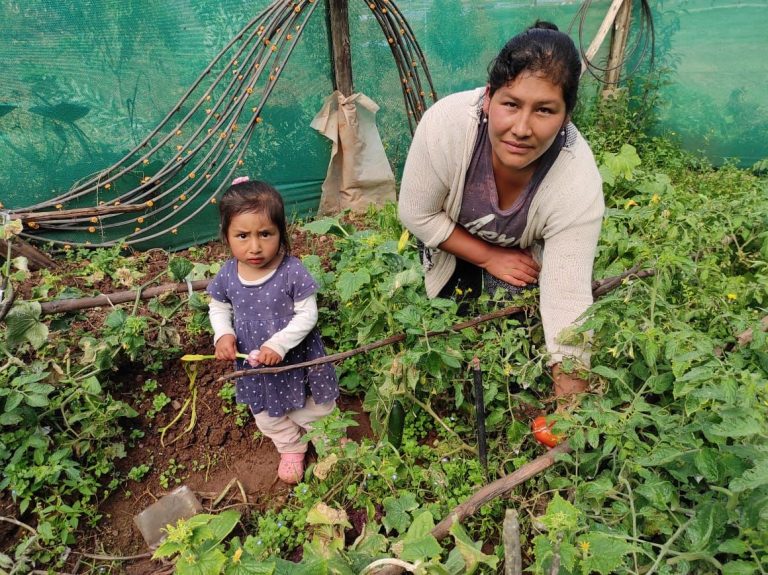
“Additionally, even though they’re those who use water to make sure meals, hygiene and well being, and to irrigate their plants, they aren’t a part of the decision-making in regards to its control and distribution,” she stressed out.
The skilled stated that exactly based on call for by means of the ladies farmers on the Agroecological Faculty, the place they obtain technical and rights coaching, they’re that specialize in reviving water harvesting ways utilized in historical Peru, whilst selling the equivalent participation of ladies in rural communities within the procedure.
She stated that roughly 700 households dwelling in poverty, some 3,500 folks – about 11 % of the inhabitants of the 3 communities – will get pleasure from the works being performed.
Harvesting water
Up to now, those works are targeted at the afforestation of 15 hectares and the development of six “cochas” – the identify for small earthen ponds, within the Quechua language – and an infiltration ditch, as a part of a plan that will likely be expanded with different projects over the following two years.
The trench, which is one kilometer lengthy in 10-meter stretches, 60 centimeters deep and 40 centimeters broad and is situated within the higher a part of the neighborhood, collects rainwater as an alternative of letting it run down the slopes.
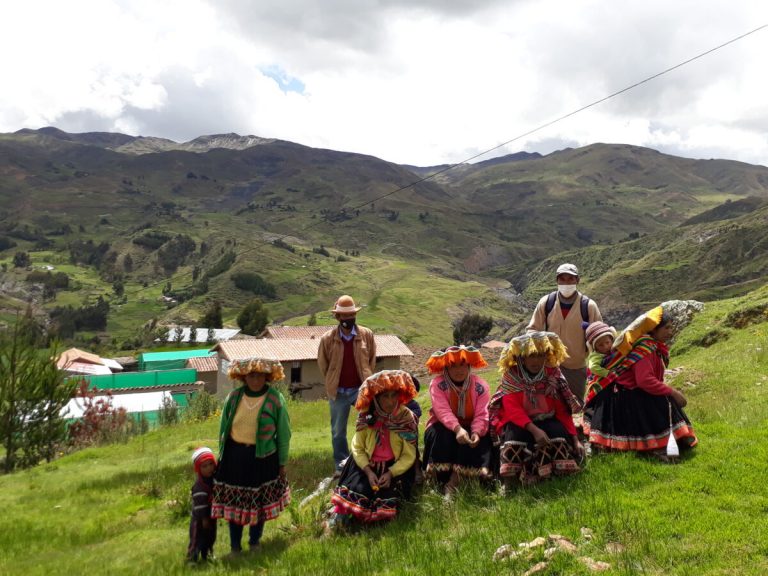
Of their communal paintings, villagers use native fabrics and greenhouse thermal blankets to lend a hand retain water. As well as, they have got used extracted soil to lift the peak of the trench, to stay rainwater from operating excessive.
Despite the fact that the trench has been receiving rainwater this month (the wet season starts in November-December), the ecosystem have an effect on is predicted to be extra visual in about 3 years when the cocha ponds have year-round water availability, serving to villagers keep away from the shortages of the Might-October dry season.
A number of neighborhood contributors defined to IPS that they are going to now have the ability to harvest water from the trench whilst on the similar time taking good care of the soil, as a result of heavy rain washes it away and leaves it with out vitamins. Some 150 agricultural plots may also get pleasure from a sprinkler irrigation machine, due to the challenge.
Since agriculture is the principle livelihood of the households and this process is determined by rainwater, the principle have an effect on would be the availability of water throughout the an increasing number of extended dry sessions to irrigate their plants, ensure that harvests and keep away from starvation, for each villagers and their cattle.
Eucalyptus and pine, massive shoppers of water
The mayor of the Sachac neighborhood, Eugenio Turpo Quispe, informed IPS that that is the primary time that water seeding and harvesting practices had been performed in his house. “We had now not had the chance prior to; those works have begun due to the ladies who proposed forestation and the development of cochas and ditches,” he stated.
The native chief lamented that because of incorrect information, 20 years in the past they planted pine and eucalyptus within the highlands of his neighborhood. “They have got dried up our water resources, and when it rains the water disappears, it does now not infiltrate. Now we all know that out of ten liters of rain that falls at the floor, 8 are absorbed by means of the eucalyptus and most effective two go back to the earth,” he defined throughout the day that IPS spent locally.
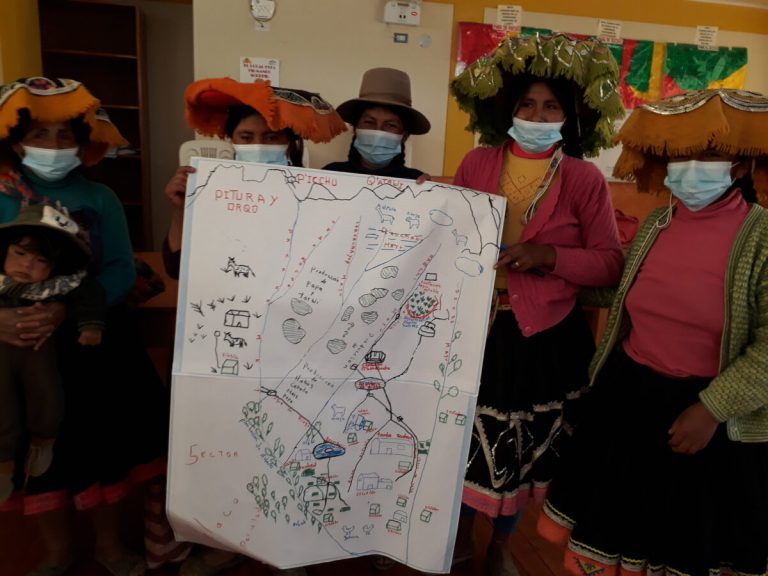
Turpo Quispe stated that they had noticed forestation and development of cochas and ditches in different communities, however didn’t know the way to duplicate them, and that most effective during the Flowers Tristán Middle’s challenge have they been ready to enforce those answers to take on the intense downside of shrinking water resources.
In Sachac, the 3 ways had been followed with the participation of men and women in communal paintings that started at six within the morning and ended at 4 within the afternoon. “Aspect by means of facet now we have been planting local crops, digging ditches and hauling stones for the cochas,” the mayor stated proudly.
On this neighborhood, 9,000 seedlings of queuñas (Polylepis) and chachacomos (Escallonia Resinosas) – tree species that have been used within the instances of the traditional Inca empire – have been planted. “Those timber eat most effective two liters of rainwater and provides 8 again to Pachamama (Mom Earth),” Turpo Quispe stated. As a part of the challenge, the neighborhood has constructed fences to give protection to plants and has relocated grazing spaces for his or her animals.
“We’ve got planted seedlings and in 10 or 15 years our kids and grandchildren will see all our hills inexperienced and with dwelling springs in order that they don’t endure a loss of water,” the mayor stated.
Kely Quispe from the neighborhood of Huasao is similarly upbeat: “With water we will be able to irrigate our potatoes, corn and greens; build up our manufacturing to have sufficient to promote and feature more money; handle our well being and that of the entire circle of relatives, and save you the unfold of covid.”
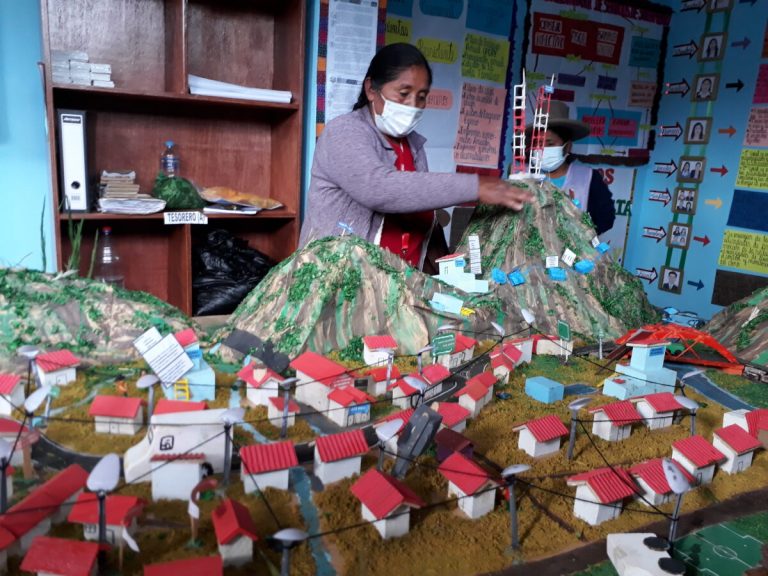
The last decade of water safety
Villanueva of the Flowers Tristán Middle stated it used to be vital for the rustic’s native and regional government to decide to making sure water safety in rural spaces throughout the framework of the Sustainable Building Objectives (SDGs).
The Global Decade for Motion: Water for Sustainable Building used to be declared for 2018-2028 by means of the United International locations and SDG6 is devoted to water and sanitation, to make sure common and equitable get admission to for all, give protection to and repair water-related ecosystems, and make stronger the participation of native communities in making improvements to control and sanitation.
“On the nationwide stage, public insurance policies aimed toward seeding and harvesting water must be reinforced as a result of they revive the communities’ ancestral wisdom, involving sustainable practices with low environmental have an effect on that give a contribution to making sure the meals safety of households,” she stated.
Alternatively, Villanueva remarked, so as to reach their goals, those measures will have to now not most effective advertise equivalent participation of women and men, however will have to even be accompanied by means of movements to near the gender hole in schooling, get admission to to assets, coaching and violence that obstruct the participation and construction of rural girls.

